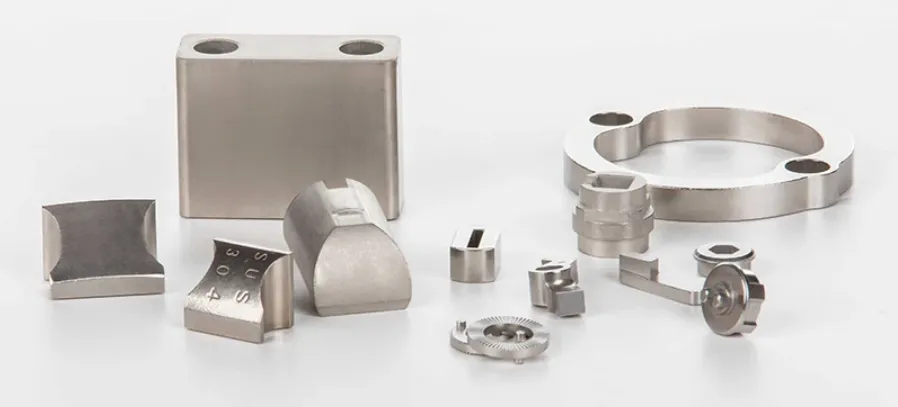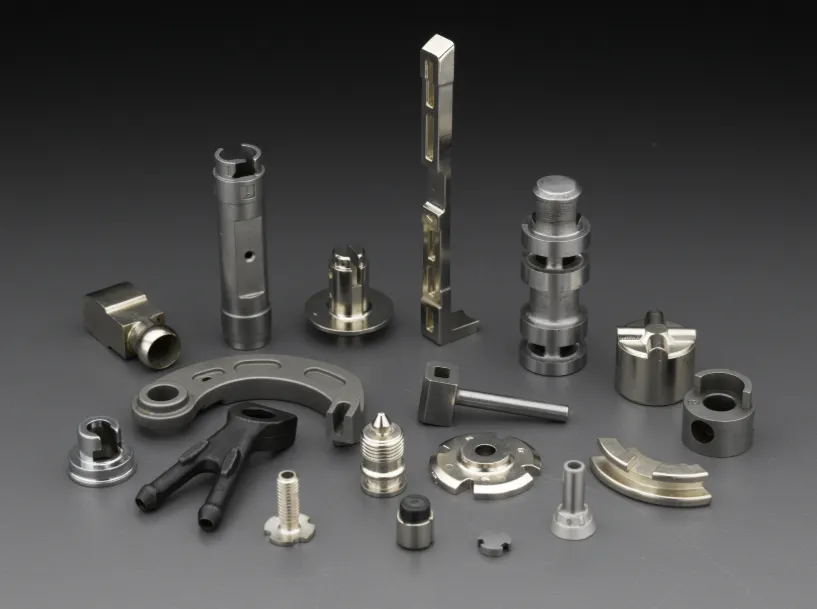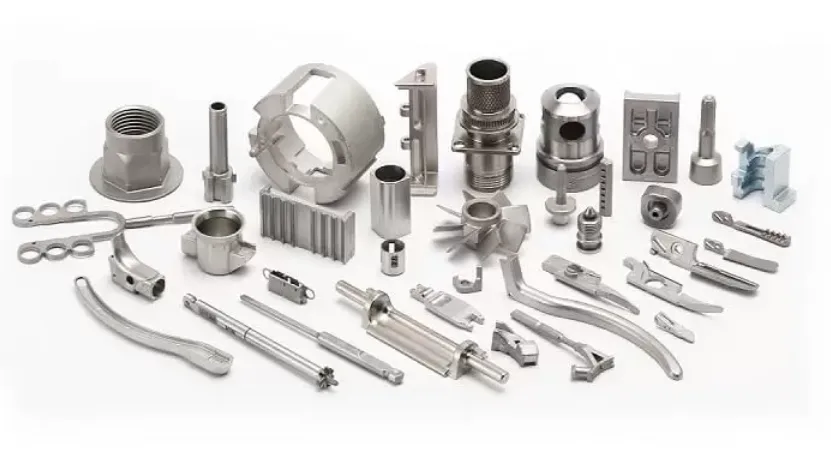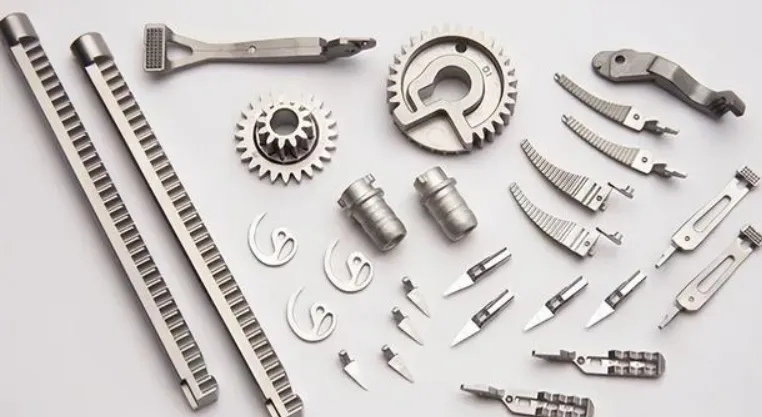Molded metal components represent a critical segment of modern manufacturing, with die casting alone accounting for over 50% of all non-ferrous metal parts production globally. The high-pressure die casting (HPDC) process dominates aluminum component manufacturing, achieving production rates of 50-200 cycles per hour with wall thicknesses as thin as 1.5mm in alloys like A380 (AlSi8Cu3Fe). Recent advances in vacuum-assisted HPDC have reduced porosity levels to below 0.1% volume fraction, enabling heat-treatable T6 applications for automotive structural components that require tensile strengths exceeding 310 MPa. Zinc die casting, particularly using ZAMAK alloys, demonstrates even finer feature resolution – commercial applications regularly produce gears with module 0.3 teeth and surface finishes of 0.8μm Ra without secondary machining.
 The steel molding sector has seen revolutionary developments in thixomolding of magnesium alloys, where semi-solid processing at 580-595°C produces components with 20% higher strength-to-weight ratios than conventional casting. Medical implant manufacturers now utilize this technology for AZ91D magnesium alloy bone fixation devices that combine 220 MPa yield strength with controlled degradation rates in physiological environments. For high-volume applications, multi-slide molding machines form complex brass electrical contacts at rates exceeding 500 parts per minute, maintaining ±0.025mm dimensional stability across production runs exceeding 10 million cycles.
The steel molding sector has seen revolutionary developments in thixomolding of magnesium alloys, where semi-solid processing at 580-595°C produces components with 20% higher strength-to-weight ratios than conventional casting. Medical implant manufacturers now utilize this technology for AZ91D magnesium alloy bone fixation devices that combine 220 MPa yield strength with controlled degradation rates in physiological environments. For high-volume applications, multi-slide molding machines form complex brass electrical contacts at rates exceeding 500 parts per minute, maintaining ±0.025mm dimensional stability across production runs exceeding 10 million cycles.

Injection molding of metal powders (MIM) has expanded into new material frontiers, with 17-4PH stainless steel achieving 98% of wrought material density after sintering, yielding tensile strengths of 1,100 MPa in surgical instrument components. The automotive industry’s adoption of aluminum MIM has reduced turbocharger turbine housing weights by 35% compared to sand cast equivalents while improving high-temperature fatigue resistance by 3X. Recent breakthroughs in binder jetting additive manufacturing followed by sintering are blurring the lines between molding and 3D printing, with GE Additive reporting production of cobalt-chrome dental frameworks with 99.4% density and 450μm minimum feature size.

Quality control in metal molding has evolved dramatically with the implementation of real-time X-ray diffraction analysis during solidification, allowing crystalline structure modification within ±2° of target orientation for critical aerospace castings. The integration of IoT sensors in mold tools now provides thermal mapping accurate to ±1.5°C across the cavity surface, reducing residual stresses in large aluminum transmission housings by up to 40%. As material science advances continue, molded metal technologies are poised to deliver even greater precision, with researchers demonstrating nano-crystalline aluminum alloys that maintain 800 MPa strength at 350°C – potentially revolutionizing high-performance molded component applications.





